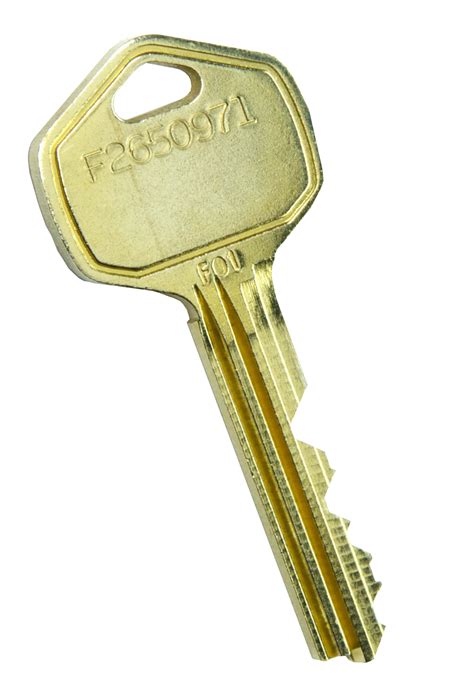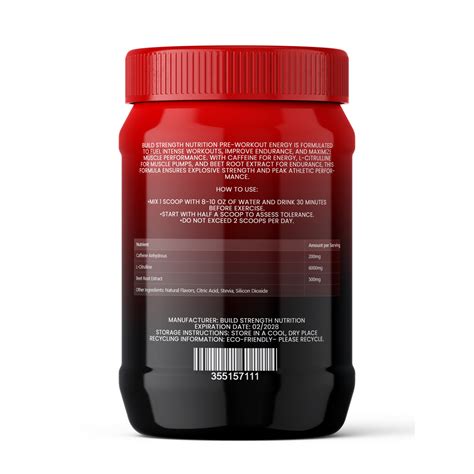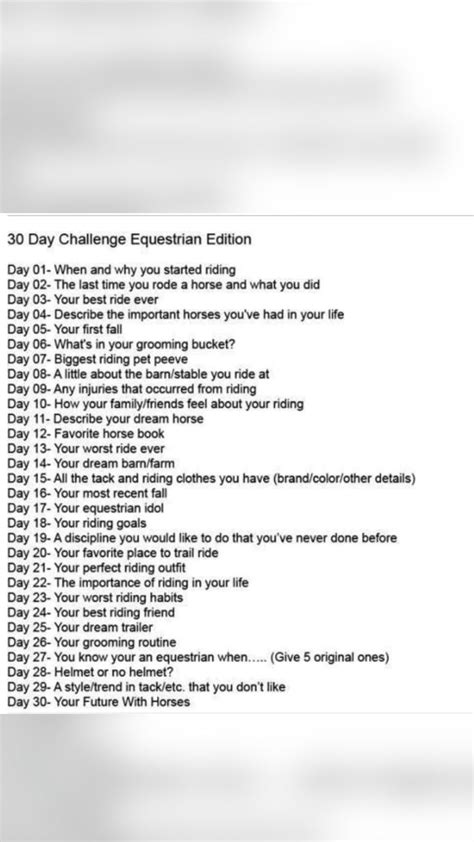How to prevent razor burn and ingrown hairs for a consistently sharp, professional look?
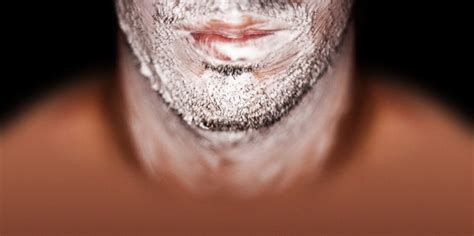
A clean, smooth shave is a hallmark of a polished, professional look. However, the pursuit of this perfection can often be derailed by two common and frustrating adversaries: razor burn and ingrown hairs. These nuisances not only detract from your appearance but can also cause discomfort and irritation. Fortunately, with the right approach and a few strategic adjustments to your grooming routine, you can effectively banish these issues and maintain a consistently sharp, professional facade.
Understanding the Enemies: Razor Burn and Ingrown Hairs
Before diving into solutions, it’s helpful to understand what causes these problems. Razor burn is an irritation of the skin caused by shaving. It manifests as redness, tenderness, and sometimes small, red bumps, often due to a dull blade, dry shaving, or shaving against the grain too aggressively. Ingrown hairs occur when a hair curls back or grows sideways into the skin instead of growing out. This often happens after shaving, as the hair is cut short and can become trapped beneath the skin’s surface, leading to red bumps, inflammation, and sometimes infection.

Phase 1: Pre-Shave Preparation – The Foundation of a Flawless Shave
Preparation is paramount. Neglecting this crucial step is a leading cause of post-shave irritation.
1. Exfoliate Regularly
Use a gentle facial scrub or a chemical exfoliant (like a BHA or AHA toner) 2-3 times a week. Exfoliation removes dead skin cells that can trap hairs, making them more prone to becoming ingrown. It also helps to lift existing ingrown hairs to the surface.
2. Hydrate and Soften
Always shave after a warm shower or by applying a hot towel to your face for a few minutes. The warm water and steam open up pores and soften both your skin and beard hairs, making them easier to cut and reducing drag on the blade. This significantly minimizes razor burn.
3. Choose the Right Shaving Cream or Gel
Opt for a high-quality shaving cream or gel that creates a rich, lubricating lather. Look for ingredients like glycerin, aloe vera, and natural oils that protect your skin and allow the razor to glide smoothly without causing friction or irritation. Avoid aerosol foams with harsh chemicals.

Phase 2: Shaving Technique – The Art of Precision
Your shaving method is critical in preventing both issues.
1. Use a Sharp Blade
This is non-negotiable. A dull blade tugs at hairs and causes irritation, increasing the risk of razor burn and ingrown hairs. Change your blade regularly – after 5-7 shaves for multi-blade razors, or every 1-3 shaves for safety razors, depending on hair thickness and frequency of shaving.
2. Shave with the Grain
For your initial pass, always shave in the direction your hair grows. This reduces irritation and hair pulling. If you need a closer shave, re-lather and then shave across the grain (perpendicular to hair growth) or, if your skin tolerates it, very carefully against the grain for a second pass, but be extremely gentle.
3. Short, Light Strokes
Use short, controlled strokes without applying excessive pressure. Let the sharpness of the blade do the work. Pressing too hard can lead to nicks, cuts, and severe irritation.
4. Rinse Your Blade Often
Rinse your razor after every few strokes to prevent hair and shaving cream buildup, which can clog the blade and make it less effective.

Phase 3: Post-Shave Care – Soothe, Protect, and Prevent
What you do immediately after shaving is just as important as the preparation and technique.
1. Rinse with Cold Water
After your final shave pass, rinse your face thoroughly with cool or cold water. This helps to close pores, soothe the skin, and reduce any residual redness.
2. Apply a Post-Shave Balm or Aftershave
Avoid alcohol-based aftershaves, as they can dry out and irritate the skin. Instead, opt for a soothing, hydrating balm or lotion with ingredients like aloe vera, witch hazel, chamomile, or salicylic acid. Salicylic acid (BHA) is particularly effective in preventing ingrown hairs by gently exfoliating the skin and keeping pores clear.
3. Moisturize Daily
Keep your skin hydrated with a non-comedogenic moisturizer daily. Well-hydrated skin is healthier and less prone to irritation and ingrown hairs.
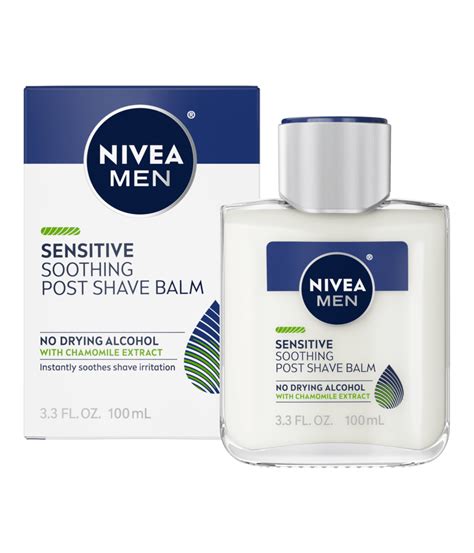
Additional Tips for Stubborn Cases
- Single-Blade Razors: For those highly prone to ingrown hairs, switching to a single-blade safety razor or an electric shaver designed for sensitive skin can significantly reduce irritation, as multi-blade razors can cut hairs below the skin’s surface, increasing the risk of ingrowns.
- Brush Technique: If you use a shaving brush, ensure it’s clean and used to properly lift hairs before shaving.
- Allow for Growth: If you’re constantly battling ingrowns, consider letting your beard grow out slightly to allow existing ingrowns to emerge and heal.
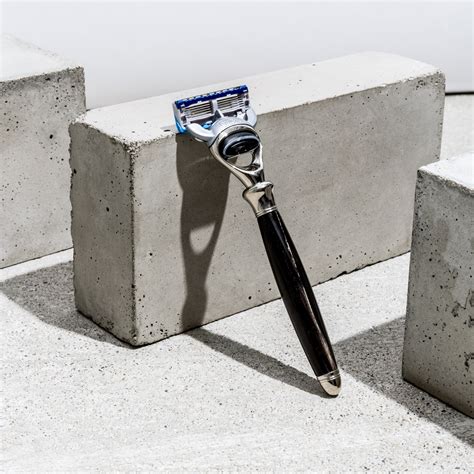
Conclusion
Achieving a consistently sharp and professional look free from razor burn and ingrown hairs is entirely within reach. It requires understanding your skin and hair, adopting a meticulous grooming routine, and being patient with the process. By investing in proper pre-shave preparation, refining your shaving technique, and committing to diligent post-shave care, you can transform your shaving experience from a source of frustration into a ritual that leaves your skin smooth, healthy, and perfectly primed for that professional appearance.

